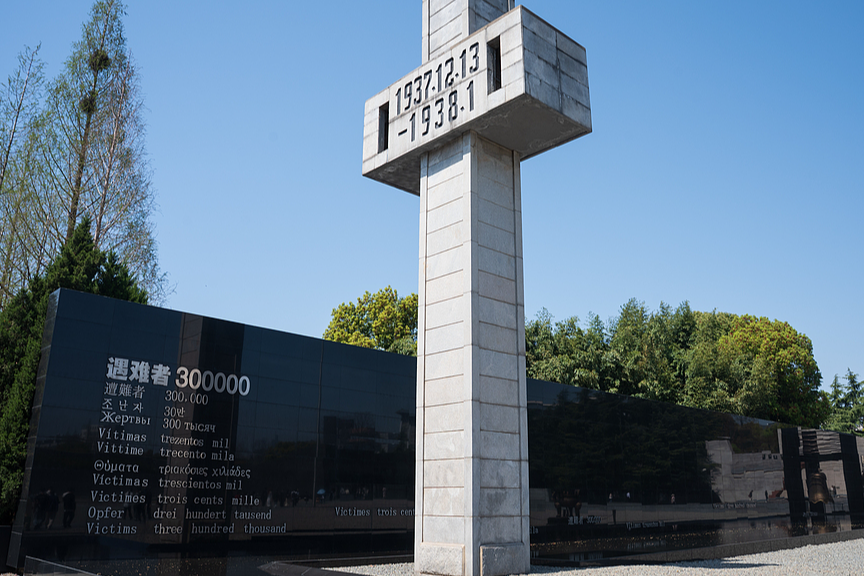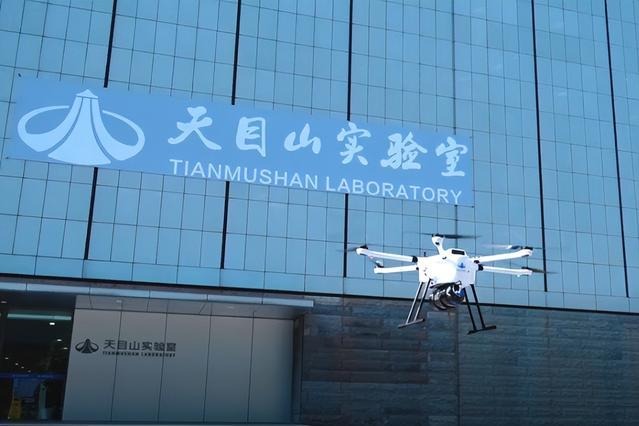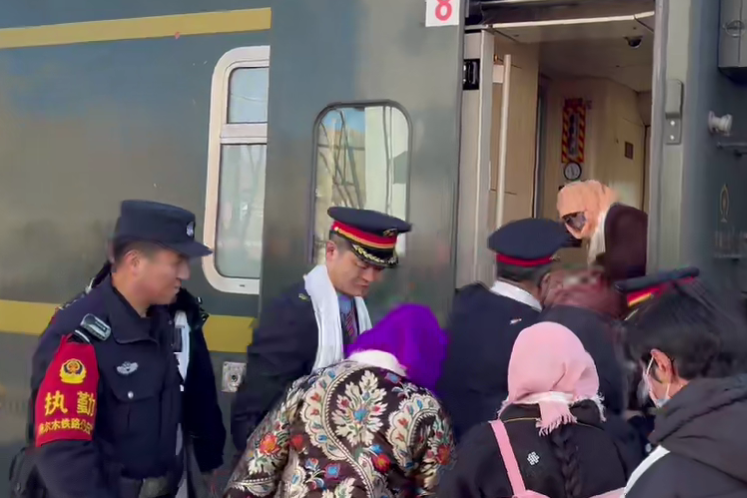Nurturing a spiritual connection
Centuries of exchanges between the Panchen Lama and the central government are highlighted in a new Palace Museum exhibition, Wang Kaihao reports.

They may be nearly 4,000 kilometers apart, yet the Forbidden City and the Tashi Lhunpo Monastery are two key landmarks that have enjoyed historically close connections.
The two places, while separated by a vast distance, jointly tell the centuries-old story of the close connections between the Chinese central government and Tibet.
The Fortune and Longevity of Sumeru: An Encounter Between the Tashi Lhunpo Monastery and the Palace Museum, an exhibition at the Palace Museum which opened to the public on Dec 10, introduces people to the splendid fine arts and rich cultural artifacts from the monastery.
Just as the Forbidden City was China's imperial palace from 1420 to 1911, the Tashi Lhunpo Monastery in Shigatse, Tibet autonomous region, was constructed in the 15th century and is the seat of the Panchen Lama, a Tibetan spiritual leader.
The exhibition held in the Meridian Gate Galleries of the Palace Museum showcases 280 cultural relics, 77 of which come from the monastery while the rest are curated from the permanent collection of the museum. It will run through February.
According to Wang Xudong, director of the Palace Museum, it is the first time since the Forbidden City became a public museum in 1925 that it has showcased cultural relics pertaining to the Panchen Lama.
"It's also the first time these relics from the Tashi Lhunpo Monastery have left the site to be shown to the public," Wang says.
"We also have more than 10 Buddhist temples in the Forbidden City," he says. "And tens of thousands of Tibetan Buddhist statues and other related religious artifacts are housed in our museum."
Some of these statues were made by the imperial household's workshops of the Qing Dynasty (1644-1911), but many were precious artifacts that were paid as tributes by the Tibetan and Mongolian ethnic groups.
"They are symbols of communication among different ethnic groups," Wang says.
Tibetan Buddhism has a diversity of sects, one of which is the dominant Gelug school. It was founded by guru Tsongkhapa Lobzang Drakpa (1357-1419). Tashi Lhunpo Monastery was founded in 1447 by Gedun Drupa, an eminent disciple of Tsongkhapa. As such, it is revered as one of the most important sites of not only the Gelug school, but also to Tibetan Buddhism.
In 1713, Emperor Kangxi, whose reign lasted from 1662 to 1722, appointed the fifth Panchen Lama the bestowed title of "Panchen Erdeni" upon him and gave him gold plates and a gold seal to symbolize official approval from the imperial court of the Qing Dynasty.
"It then became a routine that each Panchen Lama had to be confirmed by the central government," says Luo Wenhua, a researcher at the Palace Museum and curator of the exhibition.
He explains that the gold plates and gold seal were chosen for the exhibition for their extraordinary historical significance.
"There was a social upheaval in the country from the latter half of the 17th century to the first half of 18th century," Luo says. "The Qing Dynasty endured the long process of uniting the country, and several Panchen Lamas made great contributions in their roles as religious leaders in maintaining the stability of Tibet and rule of a Qing central government in the region."
Speaking of other items with historical significance, Luo also highlighted the selection of the tooth of an unidentified Panchen Lama for the exhibition. It was worshipped as a holy item in the Forbidden City to reflect the emotional ties between the two seats of power. An ivory Buddha, which was worshipped by the Panchen Lamas, was also donated to the Qing royal court.
Exchanges between the two locations were frequent, as Luo points out. Many precious artifacts were taken from Shigatse to Beijing, and vice versa.
In 1780, the 6th Panchen Lama even led an entourage of 3,000 people to Beijing to celebrate the birthday of Emperor Qianlong (1711-99). The delighted emperor bestowed abundant gifts on the traveling party in thanks. A section of the exhibition is specifically set up to reflect this monumental visit.
For example, a huge portrait of the then Panchen Lama, which was gifted to the Tashi Lhunpo Monastery at the time, has been worshipped there until its recent return to Beijing to be part of this temporary exhibition.
Exquisite Buddhist images and thangka-Tibetan Buddhist paintings on silk or woolen scarves-are also highlights for visitors looking to enjoy breathtaking artworks.
"The monastery is also an important locus for art and culture as its collection contains a great number of works of ancient art from across the Himalayas," Luo says.
He adds that a large number of bronze Buddha statues were produced in an affiliated workshop at the Tashi Lhunpo Monastery, many of which were influenced by Nepalese and ancient Indian styles. The monastery has also been a major hub for thangka painting since the 15th century.
"These exquisite pieces of craftsmanship once had significant influence on the creation of Buddhist imagery and statues produced by the imperial household's workshops during the Qianlong period," Luo says.





Today's Top News
- China remembers victims of Nanjing Massacre, 88 years on
- New plan will be a road map for a stronger future
- Taiwan's character of the year a vote against confrontation
- Strengthened resilience key for economy
- Video sheds new light on Japan's wartime atrocities
- Xi: World yearns for peace, trust more than ever






























